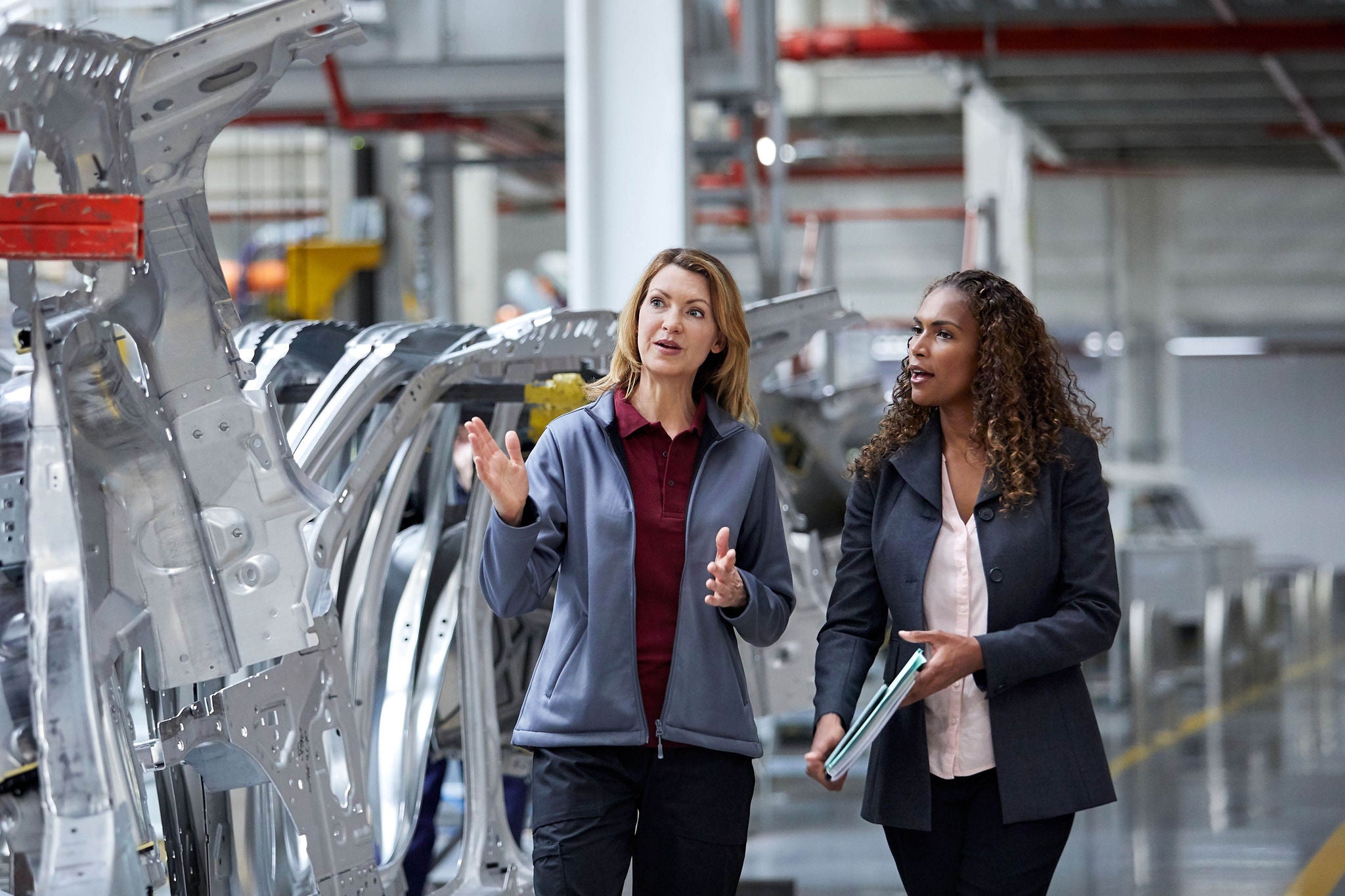EY refers to the global organization, and may refer to one or more, of the member firms of Ernst & Young Global Limited, each of which is a separate legal entity. Ernst & Young Global Limited, a UK company limited by guarantee, does not provide services to clients.
How EY can help
-
Discover M&A advisory services from EY when you buy and integrate. We help enable strategic growth through integrated mergers and acquisitions, joint ventures and alliances.
Read more
More than a third of leaders say one of their key strategic actions in the next six months is investment in early-stage businesses to enhance their existing portfolio, access new talent or create new business platforms, according to the EY US CEO Outlook Survey (PDF) released in October 2022. However, acquirers may be putting their capital at risk if they do not have a well-thought-out M&A integration strategy for culture and talent, which can make or break the value of a digital M&A deal.
Companies focus enormous amounts of time on getting the right deal valuation, developing the product strategy and crafting go-to-market plans, but then wonder why digital M&A deals struggle to produce the desired value. The missing puzzle piece when acquiring up-and-coming technology companies is often the treatment and retention of the nimble talent and culture, that drove the development of new products and services. To understand the right retention incentives, retain important elements of the culture and create an environment that will continue to foster innovation, work starts in diligence and continues through post-close integration.
Innovative technologies will test leaders’ ability to change ways of working and thinking. But buyers who understand the transformative value of digital talent can boost a company’s reputation and improve negotiations in future deals.
There are four talent and culture challenges to consider during the M&A process:
1. Choosing the right operating model
When thinking about key talent — and retaining what makes a company interesting and unique — there are three approaches to integration. In the most arm’s-length scenario, maintaining the target’s operations separately is an option. This preserves the acquired company’s culture and leadership and reduces retention risk. But the lack of synergies and governance could create operational risk.
Opposite that is full integration, which allows for economies of scale and strong operational synergies, along with an influx of talent. However, if the target’s culture and innovation are fully absorbed, talent departure risk can be significant due to different work styles or lack of empowerment.
The right strategy may be a careful, hybrid model to evaluate what to preserve. This option may be more difficult but can provide the flexibility needed to grow in the long term. This allows for synergies and governance protocols, but also preserves the target’s culture without giving up the strengths of the buyer’s culture. Corporate development teams are important in aligning incentives so that key talent stays or helps in the transition.
2. Embracing change for seamless technology M&A integration
Acquiring a digital asset acknowledges the need for change, which requires a mature mindset and flexibility. Companies acquire digital assets to help create a new offering or even more boldly, a new future for the company. And though the buyer may have been successful in the past with their ways of working, they may need to rethink what they are doing internally. Sales employees may need to adopt a new way of selling and new technical knowledge. Sales incentives may be different. Orders may need to be processed differently. The larger and more mature the buyer, the harder it is to change. But starting on day one, making integration as easy and seamless as possible can change the growth trajectory of a new offering.
3. Recognizing that culture and people are adaptable
To achieve a successful M&A integration, leaders and employees need to know how they are going to work in a new context. It is important to dig into how culture drives decisions and get everyone focused on how to leverage differences to accelerate change. Imagine two companies. One has a culture of collaboration, risk-taking, experimentation and innovation. The other builds exactly what the customer wants, with top-down management, a different market strategy and a low failure rate. Bring them together, and even if leaders say, “It’s all about the customer, we are the same,” the organizations are quite different in the way they make decisions, communicate, budget and work. As soon as you put those two cultures together, everything slows down without a thoughtful talent integration plan.
4. Onboarding different employees with a model
To provide structure as the sign and close process begins, the non-technology and technology-focused parts of the organization can work collaboratively to design a talent model – how you attract, develop and retain talent — to address compensation philosophy, organizational integration and personal and professional growth opportunities. This can engender long-term commitment from new employees.
Innovation should not be squelched with bureaucratic processes. Instead, willingness to embrace risk and budget for controlled failure can lead to growth. Highly innovative tech companies empower small teams — including software R&D employees — to make big decisions with a largely autonomous, “fail fast, fail often” mindset that can lead to success. Traditional industries may function on exacting quality standards and strict governance. For both entities, it is important to lean on management ambassadors with networks to disseminate messaging and reduce the resistance to new ways of working that can slow progress.
A newly acquired team at a fast-growing software or tech company may need to hire to grow its business and develop acquirer initiatives.







